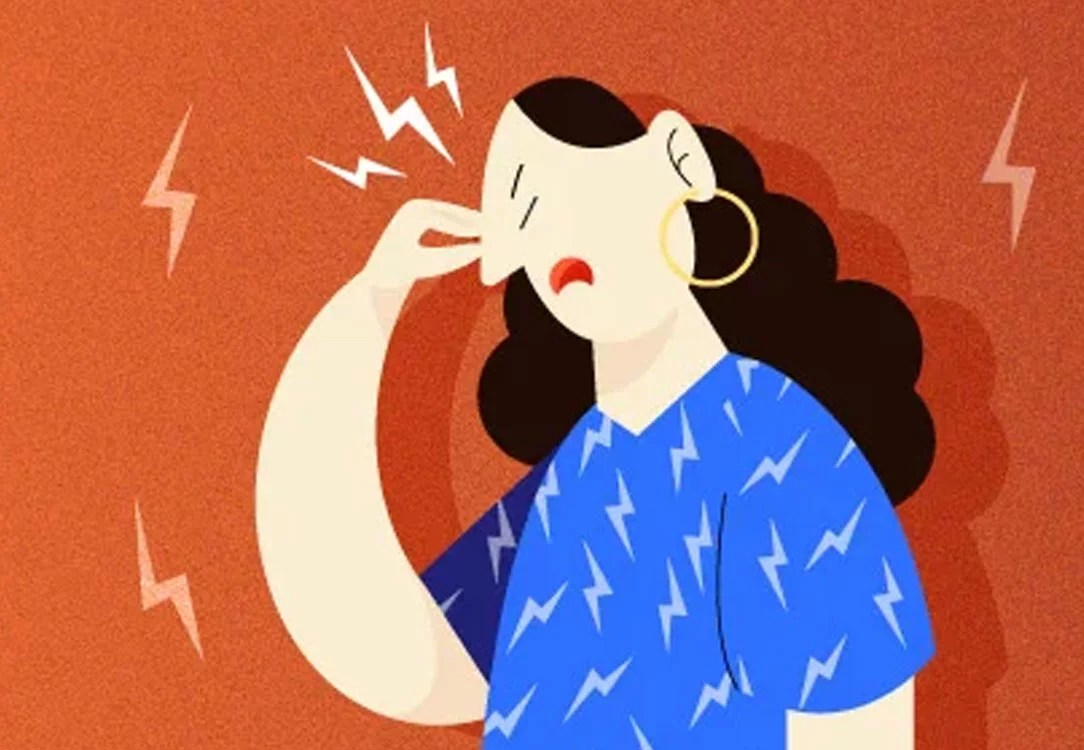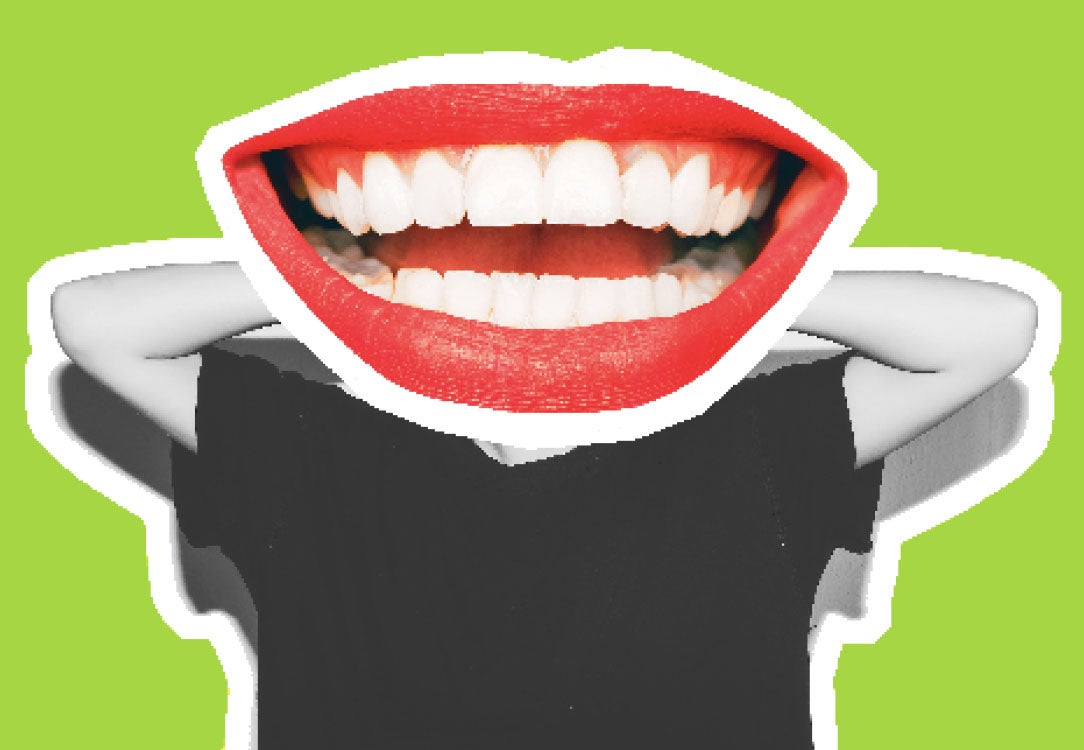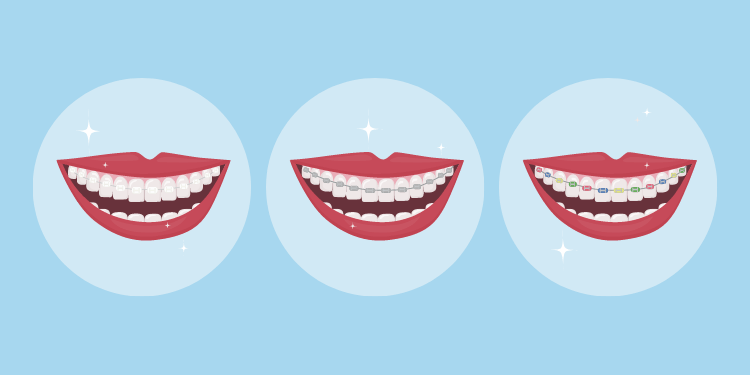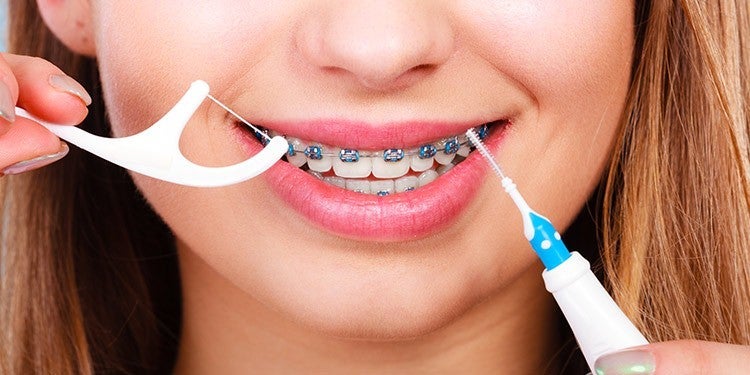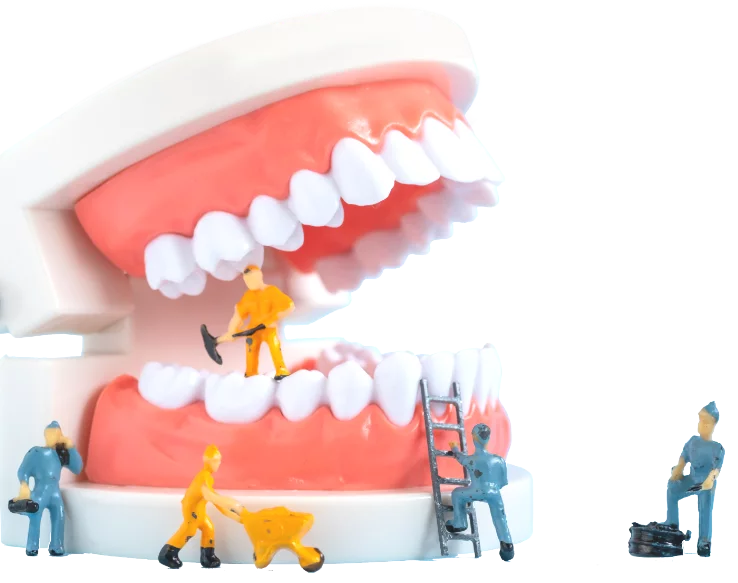What Are Malocclusions?
Malocclusions are a misalignment of the teeth. Misaligned teeth often present difficulties in chewing. Ideally, you should have no crowded teeth or space issues inside the mouth, and they should easily fit together without being twisted or rotated. The type of malocclusion depends on how the teeth improperly align.
Causes
In many cases, malocclusion is hereditary, meaning it is passed generationally. But there are also some conditions or habits that affect the jaw’s structure and shape.
- Thumb sucking as a young child
- Extended bottle feeding in early childhood
- Frequent pacifier usage beyond age three
- A cleft lift and palate
- Injuries that misalign the jaw
- Misshaped or impacted teeth
- Mouth or jaw tumors
- Negligent dental care that results in improperly fitting fillings, crowns, or braces
- Airway obstruction – caused by allergies or enlarged adenoids or tonsils
Symptoms
Symptoms often depend on the malocclusion classification. They can be slight or severe. Some of the more common symptoms include:
- Improper teeth alignment
- Facial appearance changes
- Frequently biting tongue or inner cheeks
- Breathing through the mouth as opposed to the nose
- Difficulty biting or chewing
- Unable to correctly bite into food
- Speech issues, including a lisp
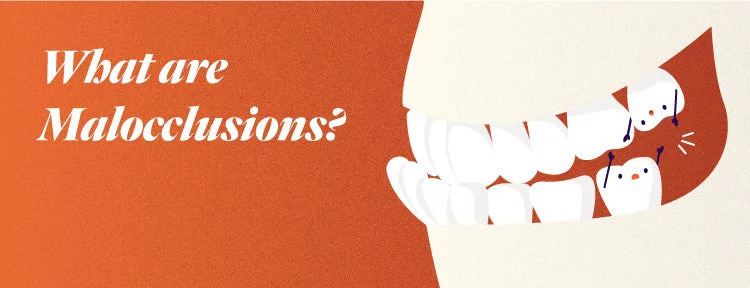
Types
Malocclusions fall into three classifications.
Class 2 - This type is referred to as retrognathism or, more commonly, an overbite. This is when the patient’s upper teeth and jaw overlap the bottom teeth and jaw severely.
Class 3 - This is the opposite of Class 2. In this case, the lower jaw protrudes forward. The lower jaw and teeth then overlap the upper jaw and teeth. This type is referred to as prognathism or, more commonly, an underbite.
- Braces
- Retainers or dental appliances
- Tooth extraction
- Teeth Bonding, capping, or reshaping of a tooth
- Surgery to shorten or reshape the jaw
Can Misaligned or Crooked Teeth Cause Headaches?
An improper bite, caused by a malocclusion, leads to jaw pain or temporomandibular (TMJ) joint issues. These occur in the jaw muscles and its joints as well as the nerves associated with chronic facial pain.
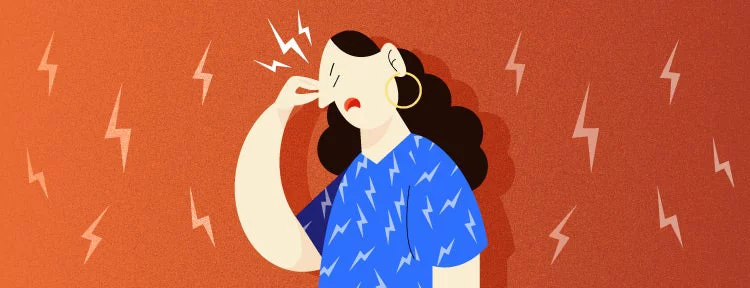
Can Misaligned or Crooked Teeth Cause Neck Pain?
Treatment Options
The treatment for malocclusion-caused neck pain can be found in orthodontics. An orthodontist can resolve mouth malocclusions using braces or retainers — these devices move the teeth to their correct position. As a result, this lessens the pain found in the muscles and joints surrounding the jaw.
Find a Dentist Near Me
Consult your dentist to discuss any questions about malocclusions. Or, check out The Smile Generation Find a Dentist Tool to find a dentist near you for all your mouth health needs. You can read patient reviews, peruse staff bios, and schedule an appointment online with a click of your mouse.
Find your trusted, local dentist today!
Sources
Smile Generation blog articles are reviewed by a licensed dental professional before publishing. However, we present this information for educational purposes only with the intent to promote readers’ understanding of oral health and oral healthcare treatment options and technology. We do not intend for our blog content to substitute for professional dental care and clinical advice, diagnosis, or treatment planning provided by a licensed dental professional. Smile Generation always recommends seeking the advice of a dentist, physician, or other licensed healthcare professional for a dental or medical condition or treatment.


